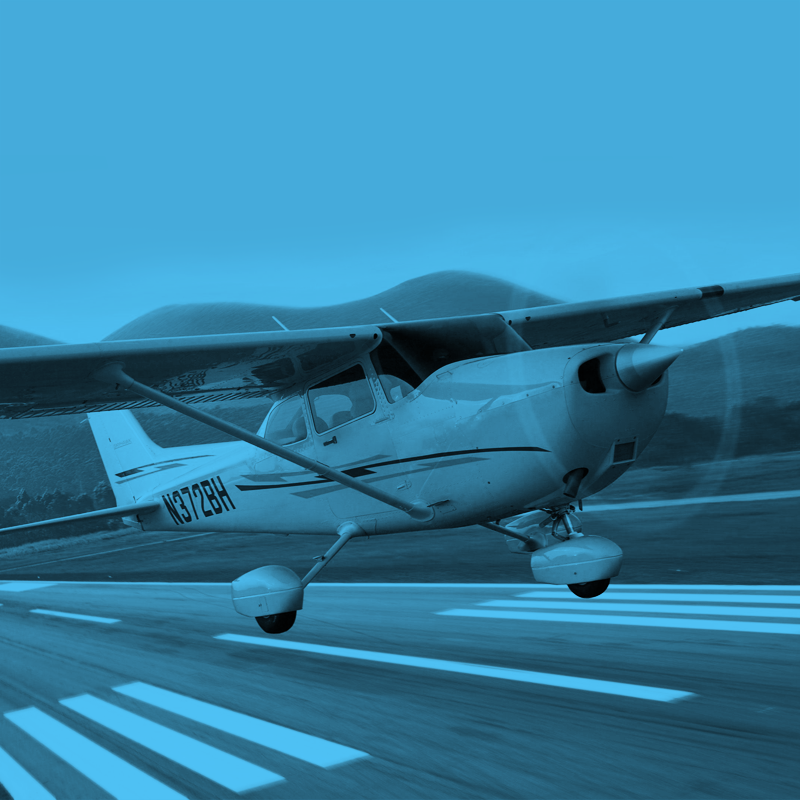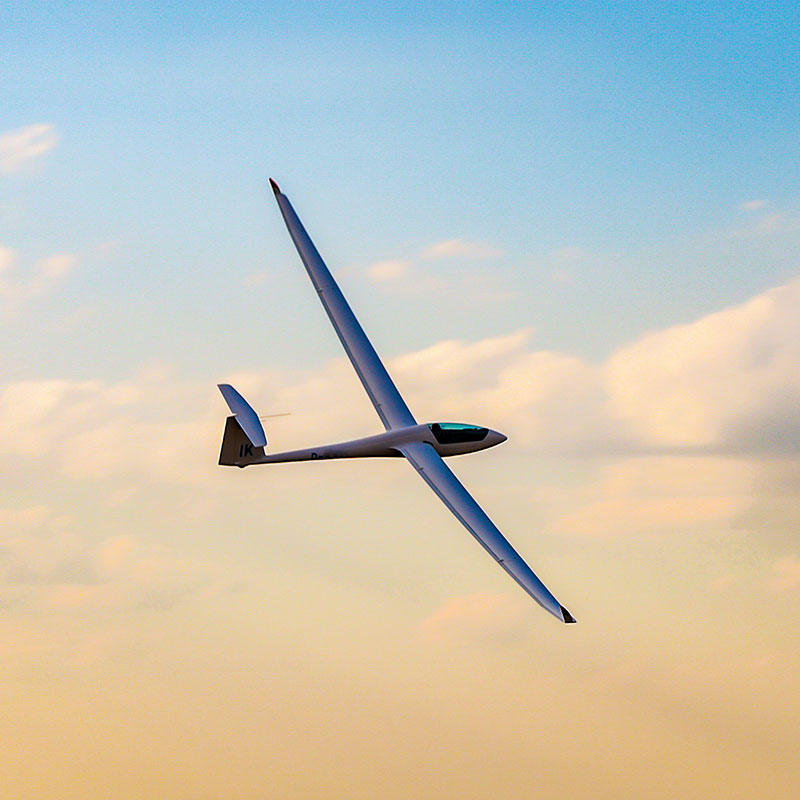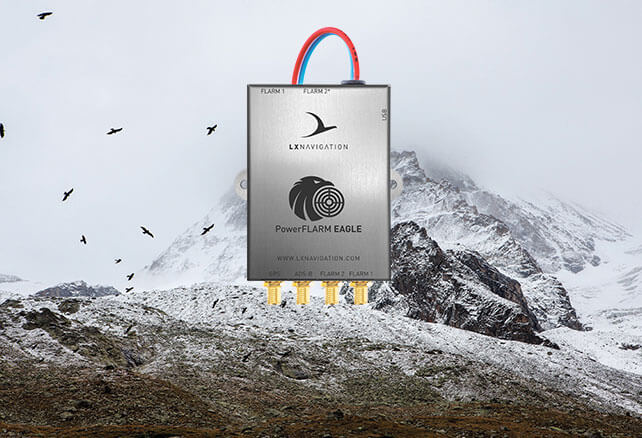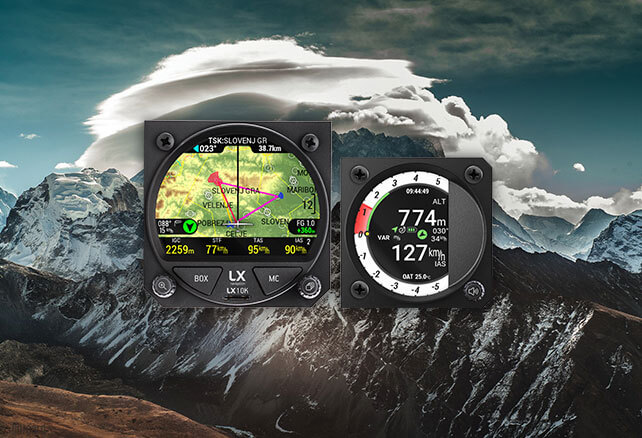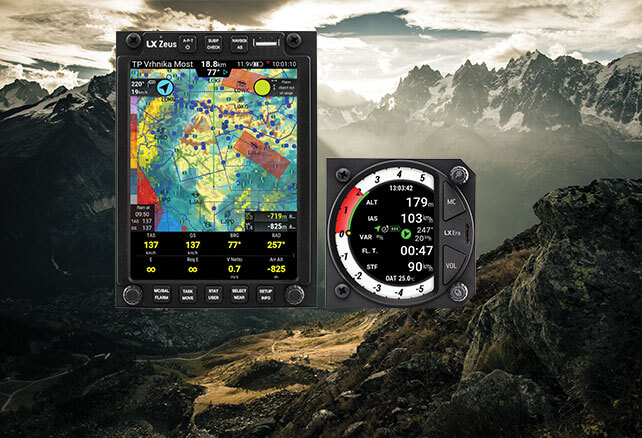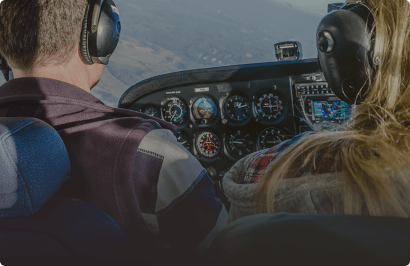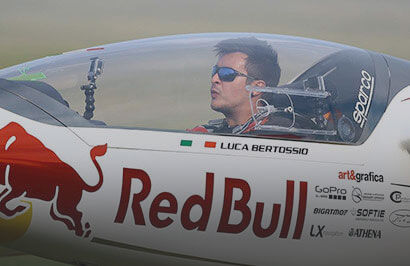We have been navigating the future of avionics since 1975
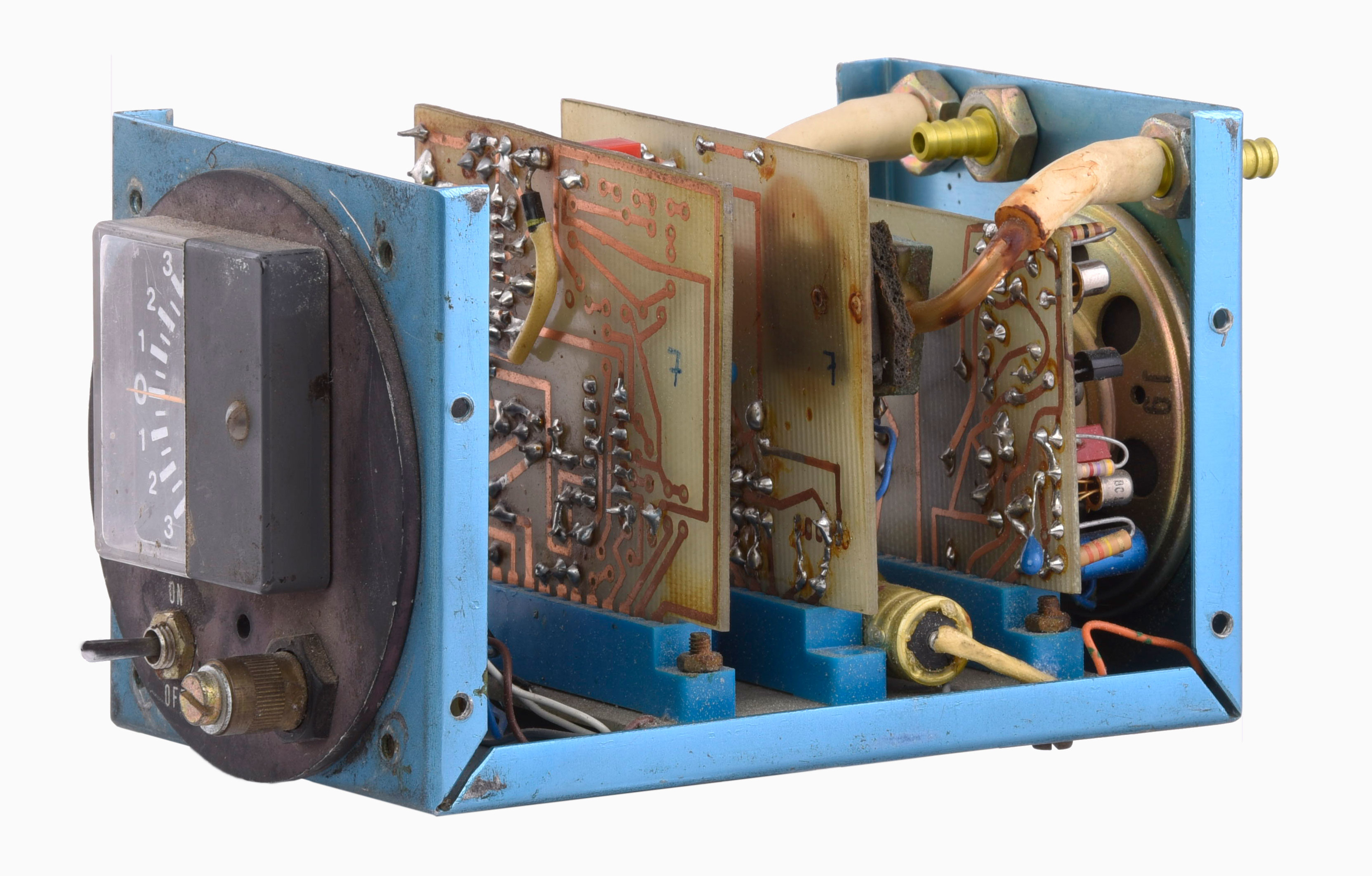
LX navigation story has begun back in 1975 with first prototypes of electronic variometer
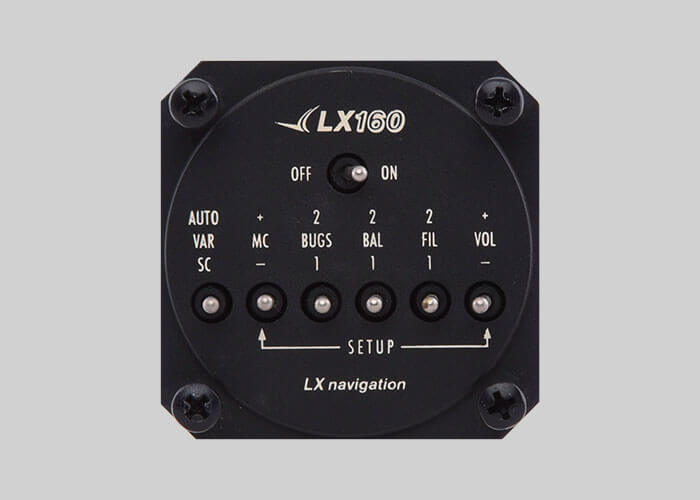
From 1975 to 1985
Counting back more than 40 years
Counting back more than 40 years, first prototypes of the electronic variometers were made. Technically complex instrument, designed for a simple indication of rate of climb and descent in a sailplane became a keystone of now leading air navigation systems worldwide.
Few years later, the first serial produced instrument stepped into the market. The EV 80 was pneumatic variometer with mechanical vario indicator, electro-mechanical MacCready and a Speed comand function. It was produced in a small series and the fact that some of them still works speaks for itself.
Various technical improvements lead to launch of EV 82. With the market still growing slowly we have gathered knowledge and know- how to lead the development to the next level.
Following year lead to a big breakthrough with LX 100 and LX 1000 which had a LCD screen with variometer, integrator, Speed command and OAT - modern functions, that made this instrument triumph.
LX 100 was designed as a club variometer with vario integrator. With its 80 millimetres cutout it instantly became a classic, which is still used today.
LX 60 was produced to cover the needs for a smaller instrument. Same functions as a LX 100, but in a smaller housing and optimised electronic circuit.
LX 2000 was highly capable instrument with power to calculate final glide, wind calculation and 8 different modes of flight, all processed by a micro-controller and displayed with a one of the first integration of its time - matrix numeric display.
LCD screen with variometer, integrator, Speed command and OAT were the functions that made this instrument triumph.
1975
First prototypes of electronic variometer.
1978
First successful variometer is born, named EV 80.
1979
EV 80 is being produced in low quantities and used in aeroclubs in Slovenia.
1980
Development of EV 80 and constant improvements lead to new variometer, called EV 82.
1982
LX 100 was designed as a club variometer with vario integrator. With its 80 millimetres cutout it instantly became a classic, which is still used today.
1985
LX 2000 was highly capable instrument with power to calculate final glide, wind calculation and 8 different modes of flight.
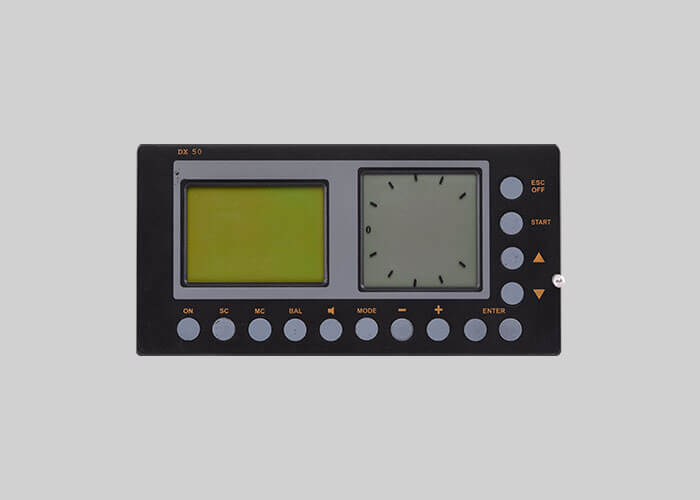
From 1986 to 1996
LX 160 was a great, affordable vario-navigation system.
LX 4000 was a mayor milestone and an instant success in 1992. Our first device with an integrated GPS system and an airport and turnpoint database. It was designed as a merge of three different units - control unit, glide calculation unit and vario integrator with a big, costume designed Iskra display.
Next development was a 57 mm navigation instrument for ultralight aircraft, LX 400. It packed an integrated GPS receiver, airport and turnpoint database with a matrix display. It was sold in about 1000 pieces.
In 1993, we launched the LX 3000 which was a micro-controller guided LX 1000 as upgraded and improved instrument of and older legend.
Following year, a legend was born. LX 20 was an IGC approved logger with all the functions of a modern navigation of that era. Known for its unique design and big graphic display became a classic in every glider cockpit where some units stay until today. Sold in thousands and still in use around the globe.
The development lead to famous LX5000. The extended database capacity, airspace and IGC approved flight recorder and LCD vario indicator. Made in 11 different and improving versions. Version 1 to 7 had 64 x 128 pixel display. Version 8 to 9 already had co-processors. Version 10 to 11 came with high resolution, 240 x 320 pixel display.
LX 160 was a great, affordable vario-navigation system released in 1996. Popular for its dimension, it took only two 57 mm cutout - control unit and switch indicator.
Operated by 4 integrated switches and dislocated GPS receiver, LX 1600 was ideal for space saving as it was a single 57 mm instrument.
1986
Development continues as the sales numbers grow and we are getting more and more worldwide customers with presence basically in every glider cockpit.
1992
LX 4000 was a mayor milestone and an instant success in 1992. Our first device with an integrated GPS system and an airport and turnpoint database.
1993
In 1993, we launched the LX 3000 which was a micro-controller guided LX 1000 as upgraded and improved instrument of and older legend.
1994
LX 20 was an IGC approved logger with all the functions of a modern navigation of that era. Known for its unique design and big graphic display became a classic in every glider cockpit where some units stay until today.
1995
The development lead to famous LX5000. The extended database capacity, airspace and IGC approved flight recorder and LCD vario indicator. Made in 11 different and improving versions.
1996
LX 160 was a great, affordable vario-navigation system released in 1996. Popular for its dimension, it took only two 57 mm cutout - control unit and switch indicator.
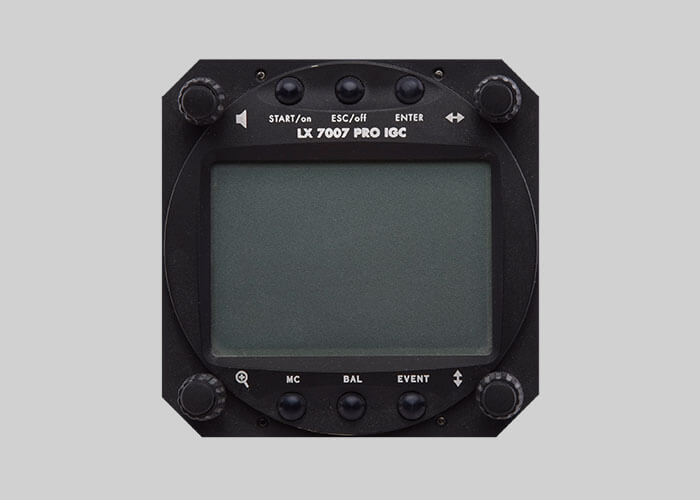
From 1997 to 2007
Counting back more than 40 years
LX Remote was a wooden steering unit, with one main and eight additional buttons, for controling the instruments. Its classic wooden design combined with leather is still found in a lot of sailplanes.
DX 50 was a compact version of LX 5000. Plug-ins, display, LCD variometer and IGC logger in one instrument. Using it for competitions, pilots were able to take it out and present it to the competition judge.
In 1999, Colibri became the smallest IGC approved flight recorder with optional keyboard and alfa-numeric display. Ahead of its time, Colibri was extremely small instrument sold thousands which are still in use.
LX 7000 was the first vario-navigation system with variometer and computer units separated and connected via BUS. High resolution display made it able to perfectly clearly show informations, such as airspace, database and tasks. Released in 2003.
In 2005, LX 7007 had increased computer power with the use of embedded systems. For the first time ever we integrated our own developed, licensed anti-collision system Flarm.
Same year, under the license of Flarm, we developed LX Mini Box, LX Red Box, Flarm mobile and LX LED display. We produced over 10.000 units which are used around the globe with successor devices.
1997
LX Remote was a wooden steering unit, with one main and eight additional buttons, for controling the instruments. Its classic wooden design combined with leather is still found in a lot of sailplanes.
1998
DX 50 was a compact version of LX 5000. Plug-ins, display, LCD variometer and IGC logger in one instrument. Using it for competitions, pilots were able to take it out and present it to the competition judge.
1999
Colibri became the smallest IGC approved flight recorder with optional keyboard and alfa-numeric display. Ahead of its time, Colibri was extremely small instrument sold thousands which are still in use.
2000
LX20-2000 was as a GPS logger. In addition to the logger function the device supports various navigational applications. When compared to LX 20, LX20-2000, is identical in usage and functions, but has a new housing and keyboard as well as different connectors.
2003
LX 7000 was the first vario-navigation system with variometer and computer units separated and connected via BUS. High resolution display made it able to perfectly clearly show informations, such as airspace, database and tasks.
2005
In 2005, LX 7007 had increased computer power with the use of embedded systems. For the first time ever we integrated our own developed, licensed anti-collision system Flarm.
The same year, FLARM RedBox was released as instant hit.
The same year, FLARM RedBox was released as instant hit.
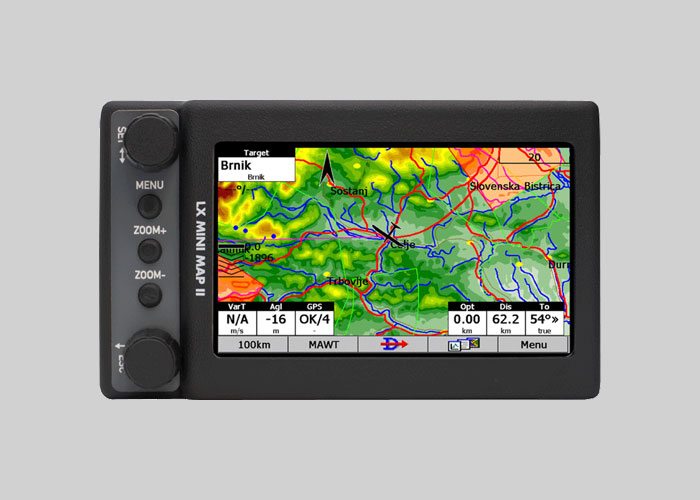
From 2007 to 2017
First color vario-navigation system and split
In 2008, LX 8000 became the first color display and linux operated GPS vario-navigation system developed and produced at LX navigation.
2 years later, LX Mini Map handheld became popular with its high brigtness, super visible display. In that times, when pilots used PDAs with zero visibility, it was a must have for a glider pilot.
Same year, built on same platform, Mini map pro was released, ready for installation in the instrument panel. It was controlled by rotary knobs and 6 buttons.
New technology of micro-controllers and color display made LX 7007 C a popular choice in the world of glider pilots. Containing everything you need in a 80 millimetres instrument made it ideal navigation system in 2011.
Same year, Colibri II was a second attempt of previous successful Colibri. And it won again. Simple variometer with IGC logger fitted in handy housing with color display was sold in thousands of units.
Over 35 years of experience and knowledge were placed together in 2012 to form a brand new instrument called Zeus.
All new technology, ground up development and coding, CAN bus connectivity, new interface design, user friendly operating and single push, marked buttons with rotary knobs. Produced in four different display sizes (4.3", 5.5", 7.0", 8.0") and year after in 80 mm cutout (2.8"). It instantly became a classic.
In 2015, world’s first stand-alone IGC approved flight recorder with variometer called Eos, with integrated GPS and a back-up battery was made. Included Task and turn point navigation, G sensor, Flarm indicator, AHRS, bluetooth and logbook.
Built with CAN bus connectivity for Zeus integration, it replaced old USB-D variometer.
Same year we released very popular simple, electronic variometer LX Helios for club use with flight indicator, FLARM radar and warnings, AHRS connectivity, Logbook and built-in backup battery.
LX Joy is a intelligent remote control with navigation switch and buttons for controlling the instruments. Ergonomic design, real leather and hand stitched finish are a must for comfortable flights.
To be continued...
2008
In 2008, LX 8000 became the first color display and linux operated GPS vario-navigation system developed and produced at LX navigation.
2010
2 years later, LX Mini Map handheld became popular with its high brightness, super visible display. In that times, when pilots used PDAs with zero visibility, it was a must have for a glider pilot.
2011
New technology of micro-controllers and color display made LX 7007 C a popular choice in the world of glider pilots.
2012
Over 35 years of experience and knowledge were placed together in 2012 to form a brand new instrument called Zeus.
2015
In 2015, world’s first stand-alone IGC approved flight recorder with variometer called Eos, with integrated GPS and a back-up battery was made.
2017
Development continues with smart platform based devices like LX Era integrating WiFi and Bluetooth connectivity as basis for Smart Cloud solutions with new ideology for future development.
Brand visual identity
Evolution of logo
Visual identity of LX navigation changed through time with the growth of the company, starting as simple text. Later on, Symbol appeared for the first time, which is an abstract visualisation of bird or glider in flight. The element disappeared through years and returned back in 2020 as stylised bird indicating flying, progress and power.
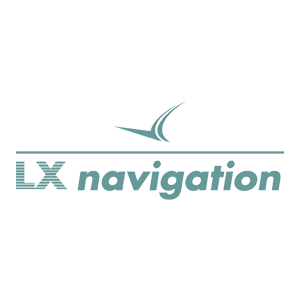
Until 2011

Until 2015

Until 2020
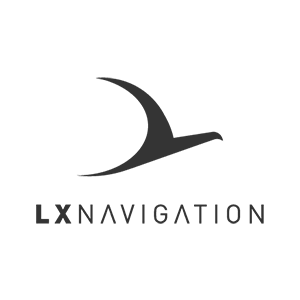
Now
LX navigation now
More than 200 products over the last 46 years
For over 4 decades, LX navigation leads the way of the gliding instrumentation and development.











